
views
Testing the Star Sign

Pretend you are another star sign around someone who knows a good deal about astrology. See if they guess the incorrect star sign that you are pretending to be.
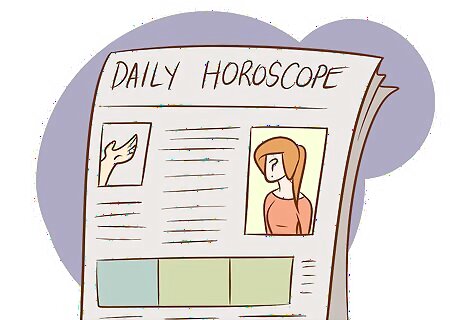
Read the daily or weekly horoscope. Compare other star signs to yours. Notice how many of them will have a general statement that will, most likely, apply to your individual situation. Nearly all daily newspaper horoscopes are not carefully constructed, or are in fact generated randomly.

Notice the generalizations among those who practice or believe in astrology. People interpret the same text in different ways to suit them best. Star signs tend to reflect generalizations about regular human behaviors. Study the common generalizations about the signs and try to guess the signs of people you may know. Then, compare their real sign to the one you believed them to have. Are you correct?
Sun Sign Astrology
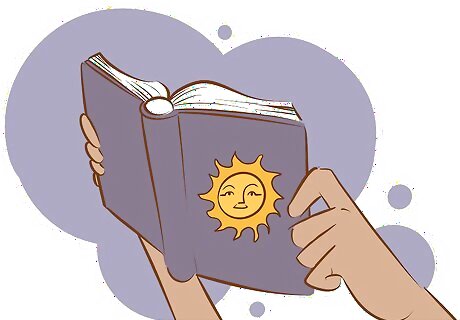
Know a little bit about sun sign astrology. The most popular form of traditional Western astrology is sun sign astrology, the kind found in the horoscopes of many daily newspapers. If it were indeed accurate, its predictive value would be extremely high but, historically, that has not been the case, for societies following it would be using it in powerful ways, consistently, as that would be the true test.

Examine the following: A horoscope is an astrological forecast. The term is also used to describe a map of the zodiac at the time of one’s birth. The zodiac is divided into twelve zones of the sky, each named after the constellation that originally fell within its zone (Taurus, Leo, etc.). The apparent paths of the sun, the moon, and the major planets all fall within the zodiac. Because of the precession of the equinoxes, the equinox and solstice points have each moved westward about 30 degrees in the last 2,000 years. Thus, the zodiacal constellations named in ancient times no longer correspond to the segments of the zodiac represented by their signs. In short, had you been born at the same time on the same day of the year 2,000 years ago, you would have been born under a different sign. In fact, there should be 13 signs, not 12. It is this fact of precession which has altered the very constellations from which masses "derive" their charts. Precession of the equinox is caused by the fact that the axis of the earth's rotation (which causes day and night) and the axis of the earth's revolution around the sun (which marks the passage of each year) are not parallel. They are 23 l/2 degrees away from lining up; that is, the earth's axis of rotation is tilted. This tilt also causes our seasons, a fact that Ptolemy did understand but that many people do not understand even today. Ptolemy understood that the rotation axis of the earth was slowly processing, or moving in a circle, with an angular radius of 23 1/2 degrees with a period of around 26,000 years. He deduced this from comparisons of data taken by the ancient Sumerians 2,000 years before his time. He did not understand what was pushing the precession, but he did understand the motion. We now realize that the sun is rotating with a period of around 30 days and that this causes the sun to bulge at the equator, which causes a torque to be exerted on the top like motion of the earth's day and night cycle. There is also a small 18.6-year variation caused by the moon's orbit around the earth, and the moon also has a small effect on precession; however, the sun's equatorial bulge is the main cause of the precession of the equinox, which is why your sign listed in the newspaper, by Sydney Omar for instance, in most cases is removed by one sign from the modern, actual position of the sun at your birth.
Paradoxes and Wishful Thinking

Notice the paradoxes. The modern signs as listed here are further complicated when their boundaries are those of the current constellations. A neater way of dividing the signs would be to divide the ecliptic into 30-degree slices, as Ptolemy did, but to keep the slices centered on the star patterns. This would make the time interval for the signs more nearly 30 days each and eliminate the [13th] sign of Ophiuchus, but your modern sign would still differ by one sign from the tradition designations.
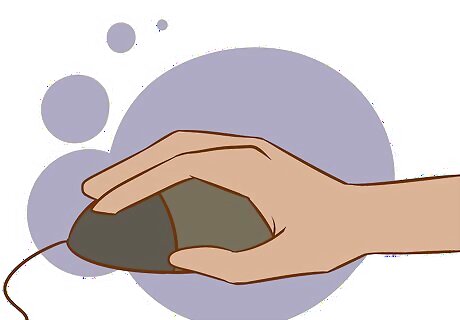
Do a bit of research into the Forer effect. This was named after psychologist Bertram R. Forer, who demonstrated the propensity of people to believe that vaguely worded personality "profiles" (which could apply to anybody) were accurate, custom-tailored profiles.
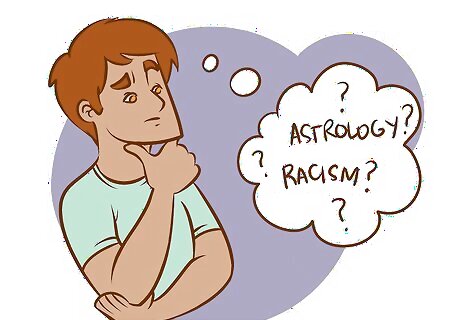
Think about the similarities between astrology and racism. They both operate on the principle that a person's behavior is based on how they were born instead of who they are. Though most astrology readings are parlor tricks pointing out the most general positive qualities in a person, it does follow that if you believe that a person is introspective because they were born in December, then you can also buy into the foolish idea that a person is lazy because of the color of their skin.
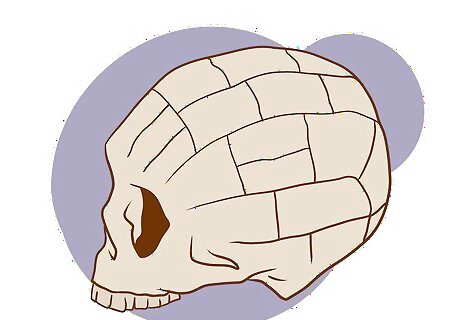
Realize that it was only in the turn of the century that phrenology (studying the physical features of one's skull) was well accepted, in that the lumps and defaults of one's cranium could be interpreted analogously to your personality. In a similar way, astrology tries to pawn itself off as science by its inherent vague methods.




















Comments
0 comment